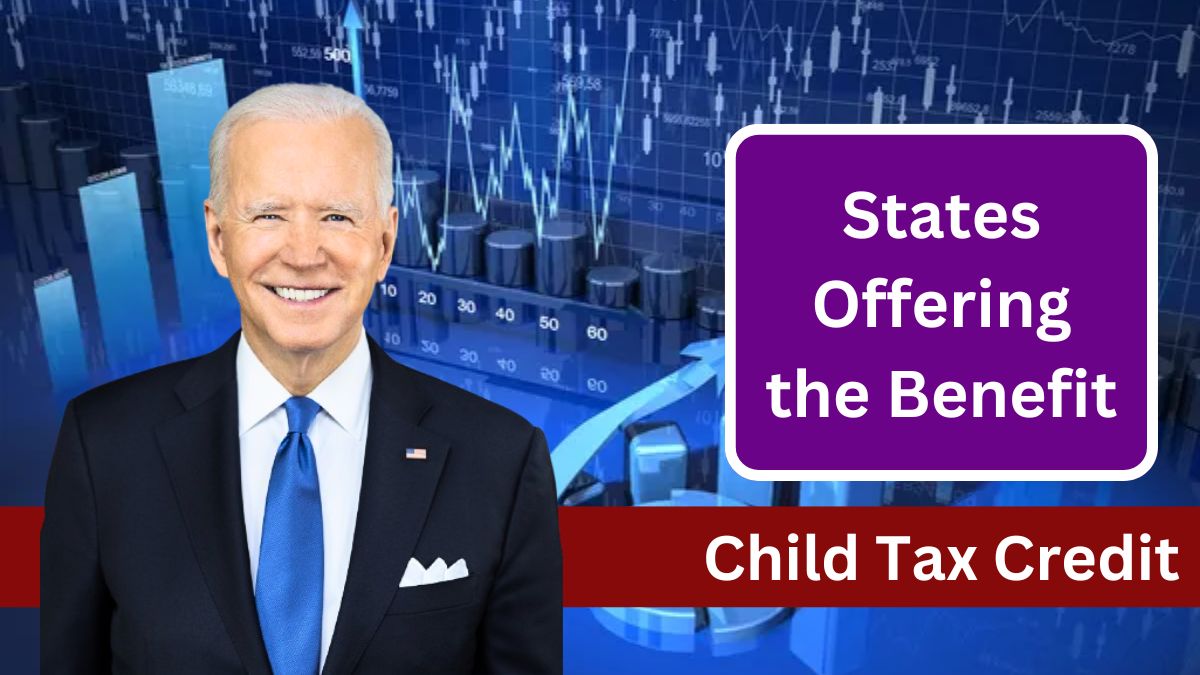The rising costs of childcare are placing a heavy financial burden on many families across the United States. To help alleviate this strain, several states have implemented their own state-level child tax credits, supplementing the federal child tax credit. This additional assistance can significantly reduce the financial load on families, helping them manage essential expenses such as housing, food, and education.
While the federal child tax credit is already a powerful tool in reducing child poverty, state credits can provide additional relief depending on your financial situation and the number of children you have. Here’s a look at the states offering child tax credits in 2024, how these programs work, and what you need to know to qualify.
Child Tax Credits in 2024
In 2024, eleven states, plus the District of Columbia, have implemented their own child tax credit programs. Some of these credits are refundable, meaning families can receive the balance as a refund even if they owe little or no state taxes. Certain states also have lenient eligibility requirements, such as not requiring a Social Security number, to ensure more families can benefit.
| State | Maximum Credit Per Child | Eligibility Highlights |
|---|---|---|
| California | $1,117 | For children under 6 years old; must qualify for CalEITC |
| Colorado | 10-60% of federal credit | Income under $75,000 ($85,000 for joint filers) |
| Maine | $300 | For children under 17; indexed to inflation |
| Maryland | $500 | For children under 6, including those with disabilities |
| Massachusetts | $440 | No limit on the number of children |
| Minnesota | $1,750 | No cap on the number of children |
| New Jersey | $1,000 | For children under 5; income-based |
| New Mexico | $25 – $600 | Income-based |
| Rhode Island | $250 | Income under $100,000 (joint filers) |
| Vermont | $1,000 | Income-based; for children under 5 |
| Washington, D.C. | $1,000 | Income-based; follows federal child tax credit guidelines |
These states offer a variety of child tax credits that vary in the amount and eligibility criteria. Most programs are designed to help low- to middle-income families struggling with the costs of childcare, housing, and education.
Programs Work
The state-level child tax credits generally work by supplementing the federal child tax credit, offering additional funds to families who qualify. In many cases, these credits are refundable, meaning that families can receive a refund even if they owe no state taxes. This makes the credits particularly helpful for low-income households.
Notable State Programs
- California: The Young Child Tax Credit offers up to $1,117 per child under six for families who qualify for the California Earned Income Tax Credit (CalEITC). This credit is specifically targeted at low-income families.
- Colorado: Residents with an income of up to $75,000 ($85,000 for joint filers) can claim between 10% and 60% of the federal child tax credit, with lower-income families receiving the highest percentages.
- Maine: The Dependent Exception Tax Credit offers $300 per child under 17, with no minimum income required. The credit is fully refundable and indexed to inflation, ensuring that it adjusts according to rising costs.
- Minnesota: One of the most generous programs, Minnesota’s child tax credit offers up to $1,750 per child with no limit on the number of children a family can claim.
Eligibility Requirements
Each state has its own set of eligibility requirements for the child tax credit. Common factors include:
- Income: Most states have income limits to ensure that the credits target families who need financial relief the most.
- Age of Children: In many cases, the child must be under a specific age (often under 6 or 17) to qualify for the credit.
- State Residency: You must be a resident of the state to claim its child tax credit.
- Filing State Taxes: You generally need to file a state tax return to claim the credit, even if you have no tax liability.
Many states make the process straightforward, with some automatically applying the credit if you’ve claimed the federal child tax credit. Others may require additional forms, so it’s essential to review your state’s specific guidelines to avoid missing out on this valuable benefit.
Importance
The child tax credits provided at the state level can be a critical financial tool for families facing rising costs, especially those related to childcare and housing. These credits can significantly reduce the financial stress on households, allowing parents to focus more on providing for their children’s future needs. The following table illustrates how much difference the credit can make for families:
| Number of Children | Federal Credit | State Credit | Total Benefit (Example State: Minnesota) |
|---|---|---|---|
| 1 | $2,000 | $1,750 | $3,750 |
| 2 | $4,000 | $3,500 | $7,500 |
| 3 | $6,000 | $5,250 | $11,250 |
As seen in the table, state credits can provide significant additional support on top of the federal credit, making a substantial difference in family budgets.
Child Tax Credit
To take advantage of your state’s child tax credit, make sure you understand the specific rules and deadlines for your state. Most states require you to file a state tax return, and some states may automatically apply the credit if you’re eligible for the federal credit. It’s also worth checking if your state offers free tax preparation services, which can help ensure you get the full benefits you qualify for.
As you prepare for the 2024 tax season, keep an eye on tax deadlines and filing requirements in your state. Taking the time to understand how the child tax credit works where you live could provide a significant financial boost when you need it most.
Which states offer child tax credits in 2024?
Eleven states, including California, Colorado, and Minnesota, offer child tax credits.
Are state child tax credits refundable?
Yes, many states offer refundable credits, allowing you to receive a refund even if you owe no taxes.
How much can I receive from the state child tax credit?
It varies by state. For example, Minnesota offers up to $1,750 per child, while New Jersey offers up to $1,000 for children under 5.
Do I need to file a state tax return to claim the credit?
In most states, yes. Filing a state tax return is typically required to claim the child tax credit.
Can I claim both the federal and state child tax credits?
Yes, state credits often supplement the federal child tax credit, providing additional financial support.











